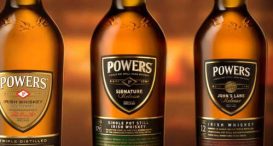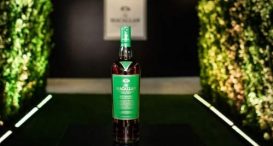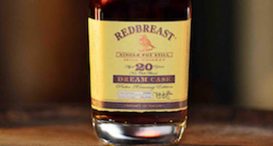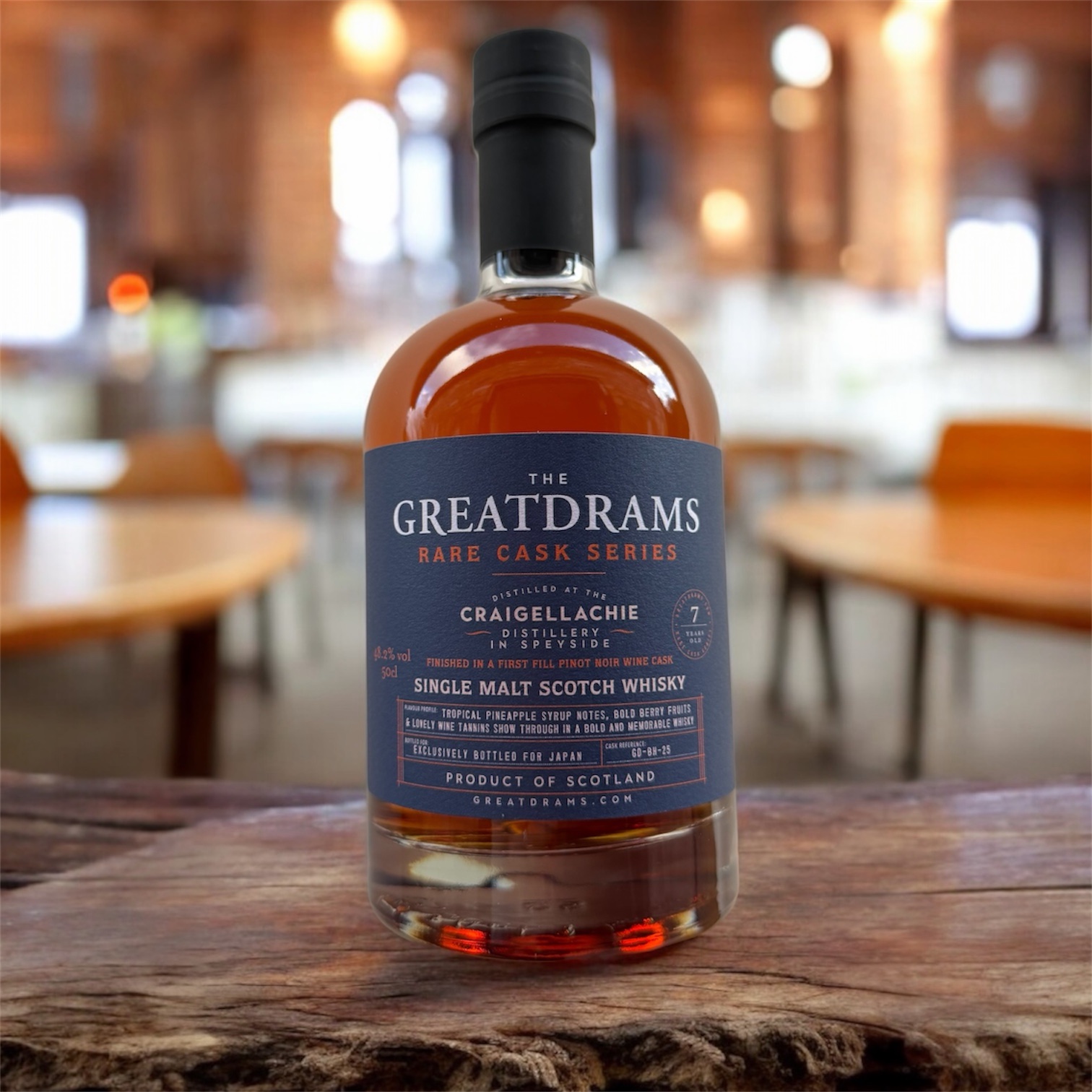What is a blended malt?
let’s begin
Similar to a blended whisky, blended malt is made only from single malts, rather than including grains malts. It can contain any number from at least two different distilleries and used to be known as a vatted malt.
History of the blended malt
Blended malt was first introduced to the market when Diageo brought our Cardhu Pure Malt. When it was first introduced, there was a lot of confusion at the time as to what a Pure Malt was, but essentially, it was a blended malt. This turned into a pretty big controversy and Diageo were forced to pull the product. They kept Cardhu as a brand in their portfolio but changed the branding and reverted back to making single malts under the name.
One of the biggest issues was that no one really new what Pure Malt was. The connotations of the name including the word Pure as well, meant that other distilleries felt like it was false advertising.
Why blended malts?
In blended whisky, grain whiskies are used to bolster the flavour and give the final product a fuller body. This also means the richness of the malt can really come through. It is also cheaper to produce, meaning blended malts can be sold at a lower price.
With blended malts, there is an extra level of complexity, due to only malt whiskies being used. They are fascinating to taste as you can get a lot out of them, especially if you know where the malts came from. On the price points, blended malts don’t tend to be much more expensive than blended whiskies, especially depending on the complexity of the blended whisky, so don’t be put off by that.
The flavours vary depending on what malts are included but the complexity is rich and elegant. They tend to have more character than blended whiskies.
WHERE DO I START?
You’ve probably enjoyed blended malts before without realising it. Monkey Shoulder is a very popular blend that happens to be a blended malt. It is made up of a unique combination of small batches of three different Speyside single malts. Independent bottlers North Star also have a range of blended malts that are great.
Outside of Scotland we get Hibiki Harmony, a Japanese blended malt that we very much recommend. It is wonderfully complex and layered with flavour.












